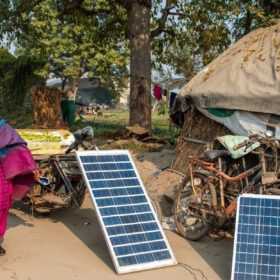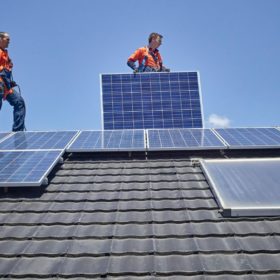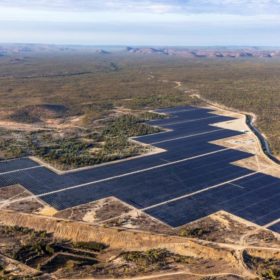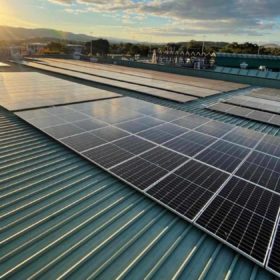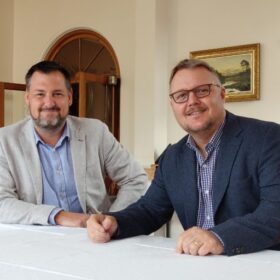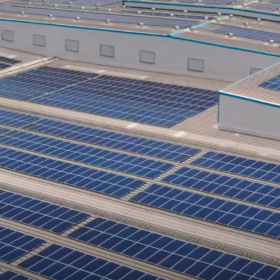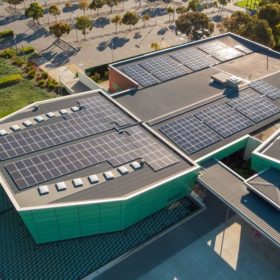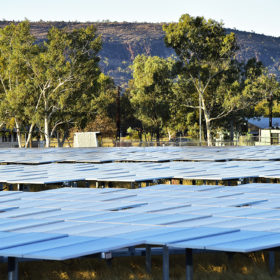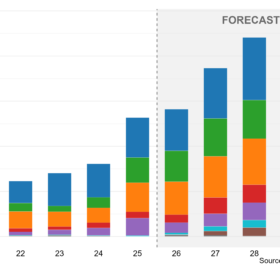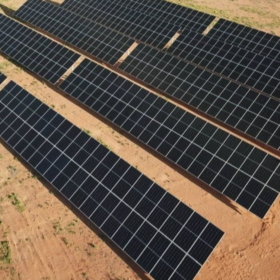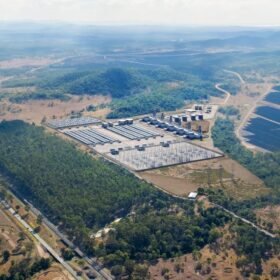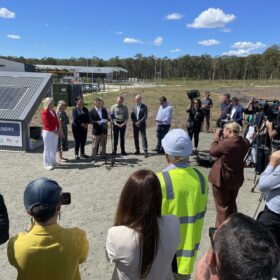IRENA reveals stark reality of electricity access for all by 2030
The International Renewable Energy Agency’s latest annual report on the progress towards the United Nation’s sustainable development goal seven estimates 670 million people will still lack electricity in 2030, and more than 2 billion will be reliant on unhealthy, polluting cooking methods.
Melbourne homeowner in ‘heritage overlay’ ordered to remove rooftop solar panels
Melbourne’s City of Boroondara council has ordered a homeowner to remove rooftop solar panels on a street-facing facade due to the building’s position in a heritage overlay. In 2021 the City of Boroondara declared a climate emergency and called for a tripling of rooftop solar in the municipality. The homeowner described the decision as “ridiculous.”
Interview: Maxeon’s Mark Babcock talks sustainability, traceability, and what makes the Australian market so exciting
Singapore-headquartered solar manufacturer Maxeon Solar Technologies, which sells in Australia under the SunPower Maxeon brand, announced in May that it was launching its new holistic energy management system in Australia in the third quarter of 2022. pv magazine Australia sat down with Maxeon Solar Technologies’ chief revenue officer Mark Babcock in Munich, Germany, at Intersolar 2022.
‘Solar skin’ set to power $40 million Melbourne office tower
With architects and construction companies across the world showing an increasing interest in building integrated PV, one Australian company has outlined plans to clad an eight-storey building being constructed in West Melbourne with a “solar skin” that will generate almost all of the building’s base power.
Queensland solar farms dominate utility scale solar in May
New South Wales has topped the charts for large-scale renewable energy generation in May but Queensland has dominated the solar stakes with the top six utility PV assets for the month all located in the sunshine state.
Supermarket major reaches milestone in rooftop solar rollout
Australian supermarket giant Woolworths has marked a major milestone in its rooftop solar program with a store in the Canberra suburb of Conder becoming the retailer’s 150th outlet to be fitted with solar PV panels.
Brisbane-based green hydrogen company wants to get its projects off the ground with ground-level crowdfunding
Brisbane-based Line Hydrogen is seeking $2 million in crowdfunding investment from Australians who want to contribute to the green energy revolution at the ground level by getting its Tasmanian and Queensland green hydrogen projects off the ground.
India installed 456 MW of rooftop solar in Q1
India’s rooftop solar installations increased by 34% year on year in the January-March period, despite a 17% increase in system costs.
City counts on fast tracking solar rollout to deliver millions in savings
Western Australia’s City of Stirling has fast tracked its investment in an estimated $6 million solar PV program in a bid to maximise potential savings and reach its goal of sourcing 100% of the city’s electricity needs from renewables by 2030.
Outback VPP trial to offer glimpse of renewables-dominated future
With some of the highest rooftop solar PV penetration in Australia the outback town of Alice Springs will soon play host to the Northern Territory’s first resident Virtual Power Plant with the project partners exploring how best to bolster the reliability of the local grid and pave the way for the increased penetration of renewable energy.
